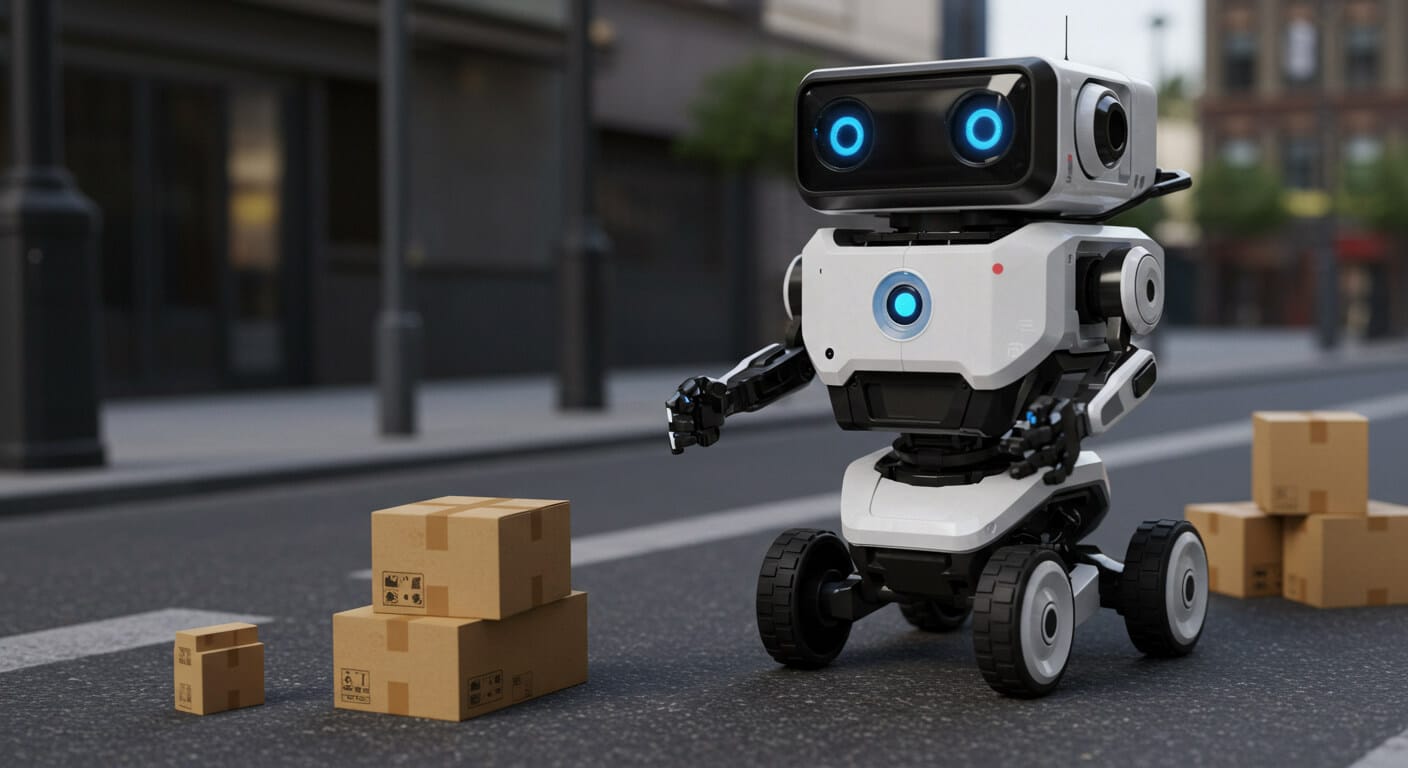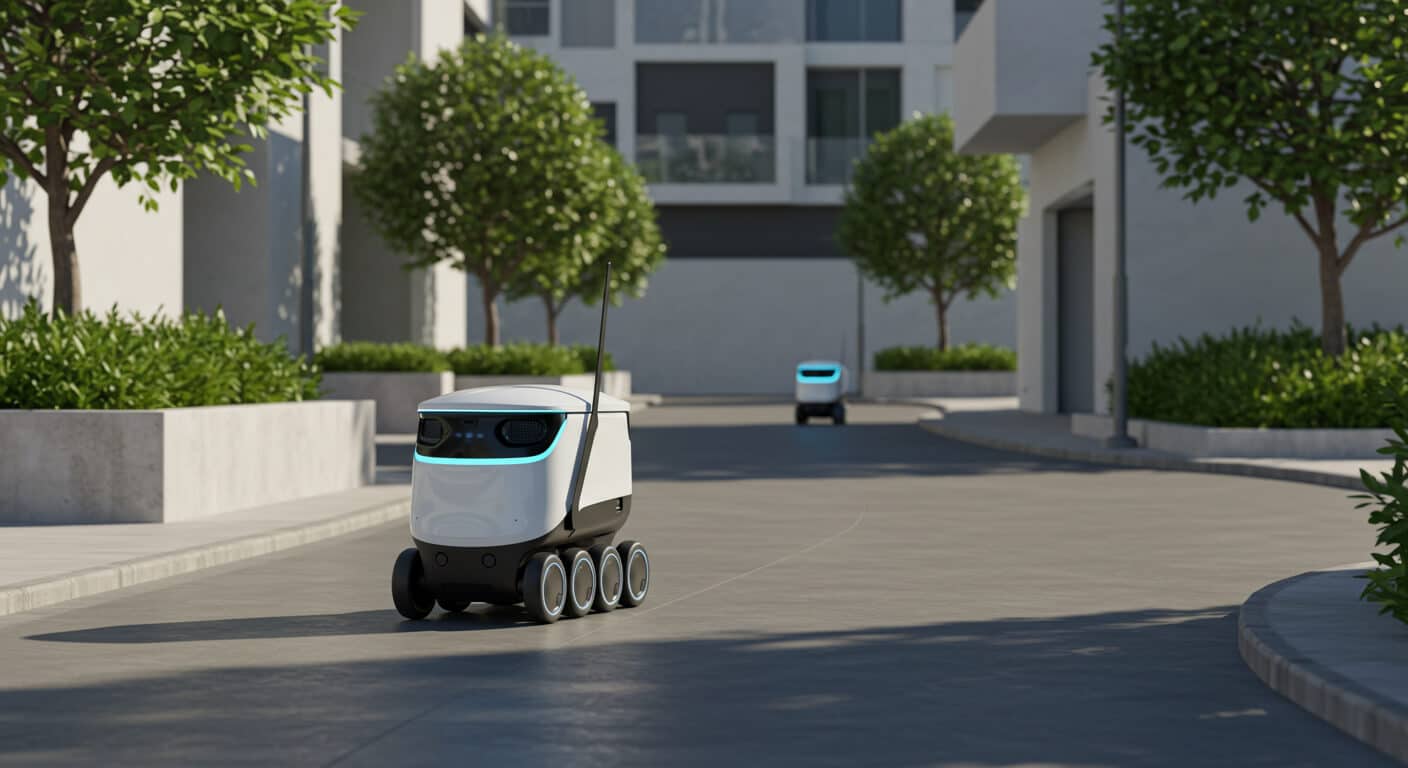
What is DePAI and Why Should You Care?
You’ve probably heard a lot about AI in recent years — from chatbots to image generators to voice assistants. But what happens when AI steps out of the digital world and starts acting in the real one? That’s where DePAI, or Decentralized Physical AI, comes in.
It’s not just another buzzword. It’s a powerful mix of robotics, artificial intelligence, and decentralized networks — all working together to bring intelligent machines into the real world, on open infrastructure that anyone can be a part of.
Let’s break it down.
So, What Is DePAI?
DePAI stands for Decentralized Physical Artificial Intelligence. It refers to physical machines; Think robots, drones, autonomous vehicles that run on AI and operate through Web3 infrastructure, not owned or controlled by one company.
These machines don’t just follow programmed instructions. They use AI to make decisions, learn from the environment, and act independently. And since they’re tied into decentralized systems (like DePINs), no single entity holds the keys to the network.
In simple terms, imagine smart robots powered by public data, running on shared infrastructure, and owned by communities or DAOs instead of tech giants.
From Digital AI to Agentic Machines
We’ve gone from asking AI to write emails or summarize texts to building AI that can make decisions on its own. This next step is where Agentic AI comes in — systems that don’t wait for input, but act on their own goals.
DePAI puts this type of AI into a physical body. It’s like going from a chess engine to a robot that plays chess with you in real life — and then walks off to play with someone else after.
But unlike traditional robots made by corporations, DePAI machines are:
- Autonomous — they can navigate and adapt on their own.
- Decentralized — no single entity controls their behavior or access to data.
- Participatory — communities can own, fund, and govern them through DAOs.
The Layers That Make It Work
DePAI isn’t just about slapping AI onto a robot. There’s a whole stack that makes it possible:
- Hardware — the physical machines (robots, sensors, drones).
- Agentic AI — smart systems inside those machines, making real-world decisions.
- Dados — pulled from decentralized sources like DePINs to train and guide the AI.
- Spatial intelligence — a digital layer of the physical world, helping robots move and understand their surroundings.
- Infrastructure networks — providing power, storage, and compute through decentralized services.
- The Machine Economy — a blockchain-based system where all these machines interact, trade, and follow rules set by people.
- DAOs — community-run groups that own and manage fleets of robots or infrastructure.

The Origin of DePAI
The concept of “Physical AI” gained prominence when NVIDIA CEO Jensen Huang introduced it during his keynote at CES in January 2025, highlighting the integration of AI into physical machines like robots and autonomous vehicles. Building upon this, the term “Decentralized Physical AI” (DePAI) was later coined by Messari, bringing the concept into the Web3 and crypto discourse .
Real-World Data: The Fuel for DePAI
Real-world data is crucial for training and operating DePAI systems. Decentralized Physical Infrastructure Networks (DePINs) like MapMetrics collect and provide geospatial and environmental data, which can be used to train AI models and guide autonomous machines in real-time. This data enables DePAI agents to navigate complex environments and perform tasks effectively.
peaq: Building the Backbone of the Machine Economy
peaq is a Layer 1 blockchain designed specifically to provide the infrastructure for the Machine Economy, DePIN, and DePAI. It offers the tools and frameworks necessary for developers and communities to build, deploy, and manage decentralized physical AI systems, ensuring scalability, security, and interoperability across various applications.
Why It Matters
This isn’t just tech for tech’s sake.
DePAI shifts power from corporations to people. Instead of robots being owned by a few companies, they can be owned by groups of individuals. That means more shared wealth, more transparency, and more chances for regular people to benefit from automation — not just be replaced by it.
And with real-world AI growing fast, we need systems that are open, safe, and designed for everyone — not just the few at the top.
The Road Ahead
There are still big challenges: scaling the infrastructure, managing real-time data, making different machines work together. But DePAI offers a fresh path — one that connects AI, robotics, and decentralized tech into a system where anyone can take part.
It’s not about stopping the future. It’s about helping build one that works for more of us.

